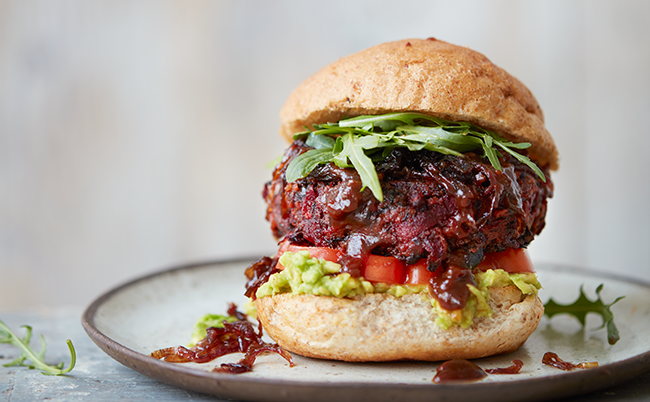Is Yellow 5 Vegan?
Here’s a quick science lesson; yellow 5 is an azo compound, meaning that this coloring includes sodium, oxygen, and sulfur alongside carbon, hydrogen, and nitrogen.
What does that mean? The previously mentioned elements are naturally occurring, so technically, yellow 5 would be considered vegan. Researchers make yellow 5 synthetically, and it does not come from an animal product. Instead, this coloring originates from byproducts of petroleum.
Nonetheless, yellow 5 is often tested on animals. Therefore, it’s a debatable and controversial product regarding vegetarianism or veganism.
Ultimately, consuming yellow 5 depends on your personal preferences, what you value, and your overall goals in choosing this diet. Unfortunately, this food coloring remains difficult to determine whether or not it’s vegan based on various beliefs.
In summary, artificial colors are not for ethical vegans or those who don’t want to purchase a product because of related animal testing.
Reasons To Avoid Yellow 5 On a Vegan Diet
Many vegans generally avoid junk foods, preferring to eat unprocessed or minimally processed products, believing that numerous manufacturing steps take away from the nutrition of raw ingredients. Since yellow 5 is made in a commercial lab and is an artificial product derived from isolated chemicals, it adds no nutritional value to the snack or meal.
Some vegans do not consume food coloring due to animal testing. Others stand against animal cruelty through veganism, especially if the researchers discard or kill the animals while pursuing research or at the end of the study. Yellow 5 is most often tested on mice and rats, while other food coloring uses dogs as test subjects.
While researchers conduct this testing to determine the safety or danger of individual products before public consumption, involving animals might pose an issue for specific vegans.
Will Yellow 5 Ever Be Vegan In The Future?
Even though some products only need one examination at the beginning to verify their safety, food dye routinely needs to be tested due to the possibility of serious health side effects. In other words, animal testing for food dyes remains in the foreseeable future.
Theoretically, not supporting a product because it is not vegan is supposed to reduce demand, affecting the manufacturer. With how widely spread the use of yellow 5 is, it’s doubtful that boycotting this product will make a noticeable difference in total consumption rates.
Choose to avoid junk food, seeing that’s where yellow 5 most often lurks. When you don’t have access to an ingredient list, be mindful that you might eat something with yellow 5.




